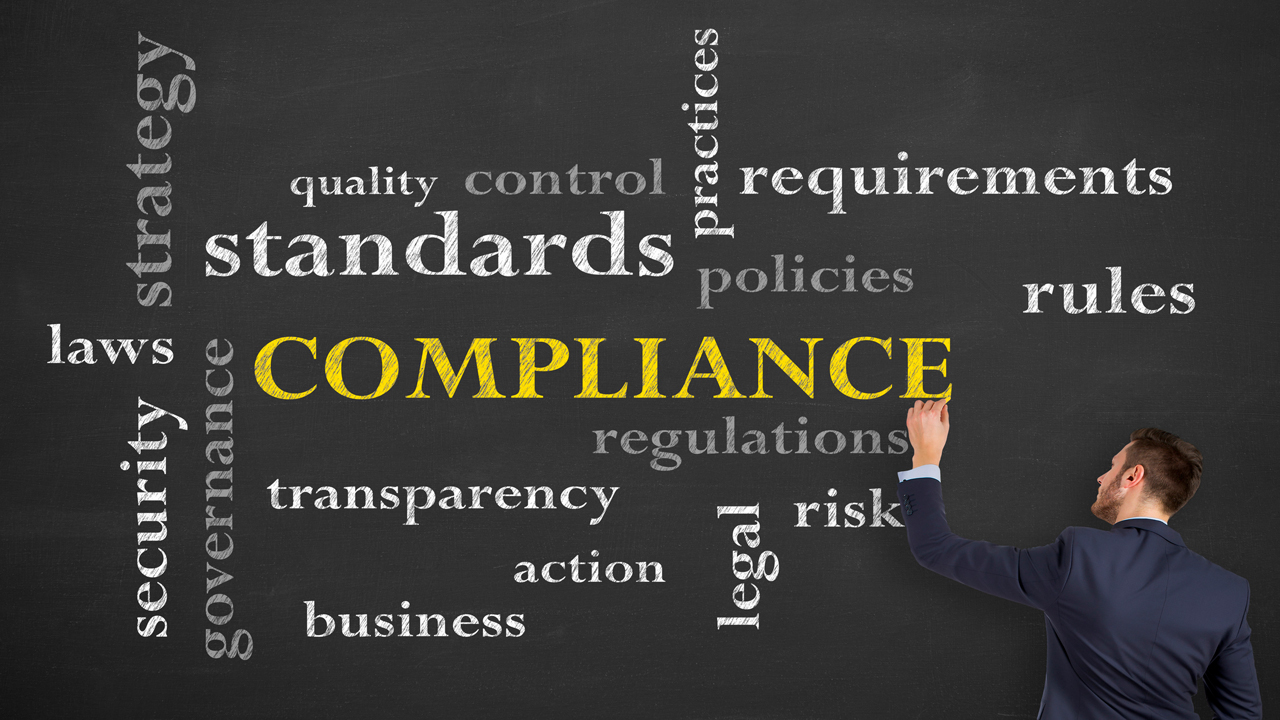
Jeff McLanahan
Contributing Writer
Direct Energy
What our businesses do daily is pretty remarkable when you think about it. It’s an enormously complex feat to sell home services and accessories with consistency and safety to thousands of different people, every single month. The training, technology, logistics and expertise required to complete this magic act is the result of decades of systems development, customer research, process refining and good old-fashioned hard work.
Yet layered on top of this is the constant need to change. The fact is, you can’t build new business or add more value by simply performing to old standards when new standards are necessary. This lapse in focus can cause either slight or dramatic change in a business’ growth cycle or even their chances of survival. Look at how many of your emerging competitors grew by capitalizing on something you failed to change or address.
Previous business achievement is no guarantee of future success. To stay ahead you must keep ahead. So let’s compare and contrast old standards to new standards and help you assess if you’re focused on the future or living in the past.
Old standard: “Best practices in our company.”
New standard: “Best practices across the industry.” Competition is no longer confined within segments. All home services businesses are competing for the same homeowner dollar. To stay ahead of the curve, benchmark outstanding behavior across all home service industries, not just your own.
Old standard: “Service.”
New standard: “Timeliness, accuracy, image, no complaints and relationships.” You can’t value service in general; it has to be service in specific. Company’s must put premiums on getting the order right and respecting customers’ time constraints, and know how to differentiate between service, which fulfills a need, and relationships, which fulfill people. So be nice to the people with the money, and know that today’s homeowners define good service as “Never having to ask for anything.” Customers want the easy button.
Old standard: “Marketing.”
New standard: “Social media, multimedia, connecting to the community, one-to-one communication.” Marketing is tough and revolves around two words: local and niche. Everything is marketing; it’s who you are, not merely what you do. It matters who you partner with environmentally and socially, and it matters who you hire. Marketing is a philosophy, not a department.
Old standard: “Adequate staffing.”
New standard: “Low-drama, high-value players.” Much of your company’s value lies between the ears of your employees. Find, recruit and develop employees with a penchant for service and an aversion to conflict creation. Human resources guru Robert Half said it best: “Hire cheerleaders and teach them to be team members.” To find better people, hone your recruiting process. Ask yourself, “How well do I want this job done?” as opposed to, “What position do I have open?”
Old standard: “Training.”
New standard: “Development.” Put a premium on choosing the right people first — those who share your company’s values. Then teach your people how to think and not merely what to do. A-players rarely seek work, B-, C- and D-players do. You have to successfully develop people one level above where you’re currently hiring. Every day, teach someone on your team something new.
Old standard: “Feedback.”
New standard: “Feedforward.” A performance review is history — that is, the behavior that produced it occurred in the past and cannot be managed, shaped or influenced. Author Marshall Goldsmith coined the term Feedforward. Feedforward is focused on what you will commit to do in the future. At every formal review, encourage managers to detail and commit to specific future behavior that will help them attain their annual or quarterly goals.
Old standard: “Turnover.”
New standard: “Tenure.” Measuring voluntary and involuntary employee turnover is a key metric, but it reveals only how many employees left, not who left or why. Examine, measure and track how long employees stay in each position before they leave by chance or by choice. If you know that a typical employee’s tenure is 38 months, for example, you can determine factors that cause it, and also introduce incentives or raises at 34 and 36 months to extend that tenure to 44 months or more.
Old standard: “Urgent.”
New standard: “Important.” Most managers and owners operate in a state of urgency every day, creating a sense of incessant activity that doesn’t lead to clear results. If everything is urgent, then what’s important? Clearly define for your leadership teams what the top three goals are for the year and what needs to be done every single day, both collectively and individually, to achieve those goals.
Here’s the thing: If you operate only according to old standards, you’ll always be reacting instead of anticipating. That means you’ll never gain traction; you’ll just stabilize, not grow. A successful business future can’t be predicated on everything staying the same. Our customers won’t stand for that. So either magnify your skills or modify your dreams.
Jeff McLanahan is a seasoned training executive with more than 20 years of proven success with some of the most well-known and highly respected franchise brands. In June 2013, Jeff joined Direct Energy Home Services as the Vice President of Training for Success Academy, the exclusive training partner for the Direct Energy Home Services branded businesses including One Hour Heating & Air Conditioning, Benjamin Franklin – The Punctual Plumber, and Mister Sparky – America’s On Time Electrician. Success Academy, supporting the home services brands of Direct Energy. In August 2016, Jeff accepted the role of Head of Learning & Development, North America, and now leads all training functions within Direct Energy in North America.

